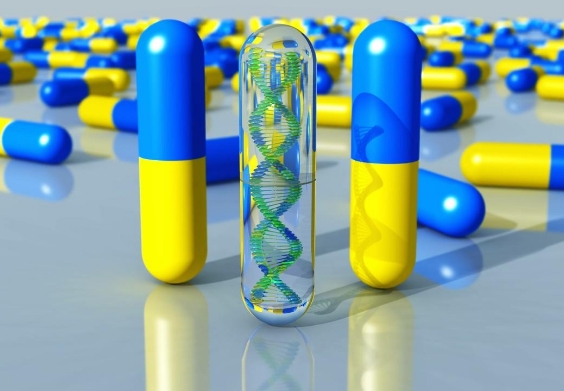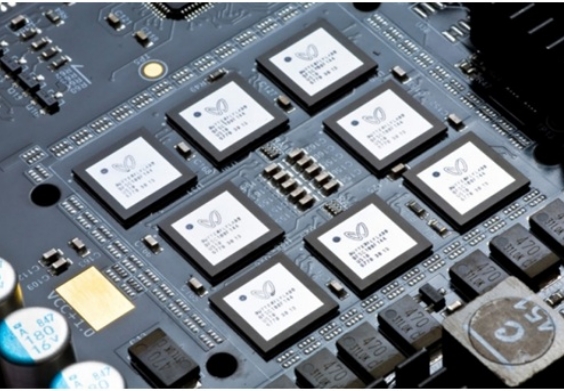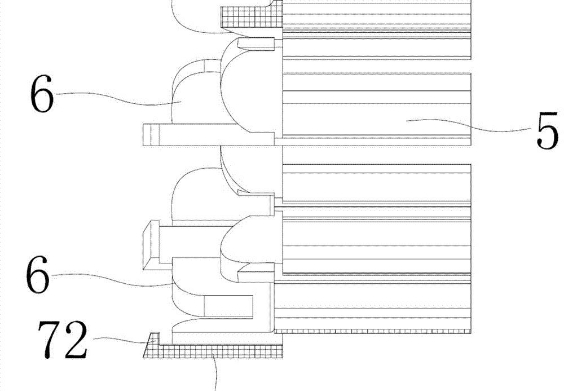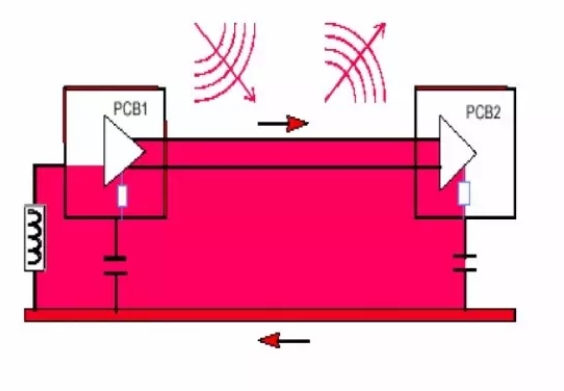How do biosensors reshape the data collection paradigm
In the fields of medical diagnosis, environmental monitoring and food safety, a revolution in data collection is quietly taking place at the micro scale. Unlike traditional physical signal capture, biosensors, with their specific recognition of biomolecules, are becoming a key bridge connecting life information with the digital world.
A performance leap driven by nanomaterials
Biosensors based on graphene nanoribbons have achieved detection accuracy at the single-molecule level. The unique two-dimensional structure of this material endows it with an extremely high specific surface area. When modified with specific DNA aptamers, it can complete the detection of the N protein of the novel coronavirus within 15 minutes, with a detection limit as low as 0.1pg/mL, which is five times faster than the traditional enzyme-linked immunosorbent assay (ELISA) technology. What is more notable is that the introduction of quantum dot materials has enhanced the fluorescence signal intensity of biosensors by 100 times, enabling real-time dynamic monitoring of circulating tumor cells (CTCS) in tumor marker detection.

Breakthroughs have also been made in the field of flexible wearable biosensors. Using hydrogel as the base material and integrating microfluidic channels and flexible electrodes, this sensor can collect the concentrations of metabolites such as lactic acid and glucose in sweat in real time. In marathon events, after athletes wear this sensor, the coaching team can adjust their tactics based on real-time data, increasing the efficiency of athletes' physical energy allocation by 18%.
Bionic design opens up new paths
Inspired by the biological olfactory system, bionic gas sensors can achieve a recognition accuracy of volatile organic compounds (VOCs) at the ppt level by simulating the olfactory receptor proteins on insect antennae. In the smart home scenario, this type of sensor can accurately distinguish between natural gas leakage and kitchen fumes, reducing the false alarm rate to one-tenth of that of traditional semiconductor gas sensors. Artificial synaptic sensors that imitate the structure of biological neuron synapses can autonomously learn environmental change patterns. In industrial wastewater monitoring, they can automatically optimize detection parameters based on historical data, increasing the capture efficiency of abnormal signals by 40%.
In-depth expansion of application scenarios
In the field of precision medicine, implantable microelectrode array biosensors have achieved long-term stable recording of electrical signals in the cerebral cortex. A certain neural interface device helps spinal cord injury patients regain the control ability of mechanical exoskeletons by real-time parsing of motor intentions, with an average control delay of only 12 milliseconds. In terms of agricultural monitoring, soil sensors based on nanocellulose can monitor eight indicators in real time, including pH value and nutrient concentration. After transmitting data through the Internet of Things, the efficiency of irrigation water use can be increased by 35% and the use of chemical fertilizers can be reduced by 22%.
This technological innovation in biosensors is essentially the result of the cross-integration of materials science, life science and microelectronics technology. From single-molecule detection to the analysis of complex biological signals, these micro-scale "life decoders" are redefining the boundaries of data collection, and their application potential will profoundly impact multiple fields ranging from health management to environmental monitoring.




